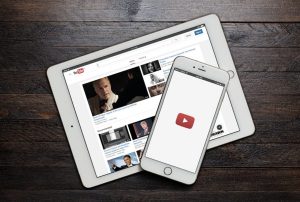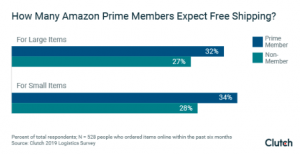Last year’s rapid and sometimes erratic transition to remote work left many businesses looking for new ways to understand employee behavior when working from home. According to a survey of 2,000 employers offering remote or hybrid work, 78 percent deployed employee monitoring software to track worker behavior in the past six months.
As businesses emerge from the recent pandemic, it’s clear that some things will not return to business as usual. A Gartner survey of company leaders found that 82 percent plan to allow employees to work remotely at least part-time. Meanwhile, many plan to continue using employee monitoring software regardless of employees’ work arrangements.
However, many employees and privacy advocates have serious concerns about the long-term privacy implications of an indefinite employee monitoring initiative. Some claim that the software diminishes productivity and effectiveness, while others feel that it adds unnecessary stress to their already-tense workdays. One study found that employees were “incredibly stressed out” by employee monitoring software deployed in their homes. As one worker told Business Insider, “[employee monitoring software] adds a level of stress that can feel unsustainable. I’m looking for another job.”
Of course, measuring productivity is both justified and incredibly important, helping businesses assess company goals and objectives in a data-driven insight-oriented way. What’s more, tracking productivity doesn’t have to impede personal privacy. The solution is a privacy-first approach to employee monitoring that accommodates business priorities and respects employee privacy. Here are three ways companies can begin that process today.
#1 Measure What Matters
Today’s expansive ecosystem of employee monitoring software allows companies to measure every aspect of peoples’ digital workdays, including mouse movements, keystrokes, app activity, communication frequency, and much more.
Just because it’s possible to measure a certain activity doesn’t mean that those metrics will improve company outcomes.
For example, activity-based monitoring is often a reflexive response to fears of poor employee engagement. Fortunately, these fears are often unfounded as many employees actually increased their workdays while working remotely during the pandemic. In response, companies can restrict the scope of their monitoring initiatives, assessing outcomes and analyzing insider threat patterns rather than relying on activity-based monitoring.
At the same time, granular controls allow companies to customize or even eliminate data collection for departments or employees. Simply choose the department or employees that fall under customized rules, pick that type of activity you don’t want to monitor, and set rules accordingly.
When companies measure what matters most, they empower teams to operate with confidence and flexibility while continuing to measure a variety of outcomes.
#2 Restrict Data Access
Employees and privacy advocates are concerned by the scope of data collection, but they are most concerned with how companies are handling this information. For example, many people want to know:
- Is personal data viewed and evaluated by IT personnel?
- Are managers receiving reports that include personal information?
- Can anyone see sensitive details?
A privacy-first approach to employee monitoring protects personal privacy by restricting data access, ensuring that it’s available on a need-to-know basis. In addition, businesses can rely on granular controls to restrict data collection related to personal data, including:
- Auto-redacting personal information.
- Autonymizing employee data whenever possible.
- Restricting monitoring to specific apps, locations, and times.
An effective employee monitoring program will reduce the amount of information collected, and it will restrict data access, ensuring that personal information remains protected.
#3 Engage Everyone
Some employee monitoring solutions include a “stealth” mode that allows companies to install and run the software without notifying end-users. Teramind offers this feature for specific use cases, like monitoring an employee suspected of compromising data privacy or company information.
More often, companies should avoid monitoring in secret, instead choosing to engage all stakeholders in the process. Specifically, companies should communicate completely, frequently, and collaboratively with team members at every level to convey:
- The purpose of monitoring
- The practice of monitoring
- The outcome of monitoring
- The long-term plan for collected information.
Engaging everyone in the process positions leaders to receive regular feedback about privacy concerns, allowing them to dynamically assess their program’s effectiveness and make changes accordingly.
A Final Note
Employee monitoring provides many benefits for businesses managing hybrid teams. Most notably, it measures critical outcomes, accounts for cybersecurity concerns, and addresses compliance and audit requirements. However, these benefits are undermined when leaders pursue employee monitoring without accounting for employee concerns.
Tracking productivity doesn’t have to compromise employee privacy. Still, companies may need to reassess their current methodologies to create a sustainable, privacy-focused process that supports their objectives now and in the future.
This article originally appeared on the author’s blog IT Security Central and was reprinted with permission.
Business & Finance Articles on Business 2 Community
(42)




